Can you charge different customers different amounts?
- Published
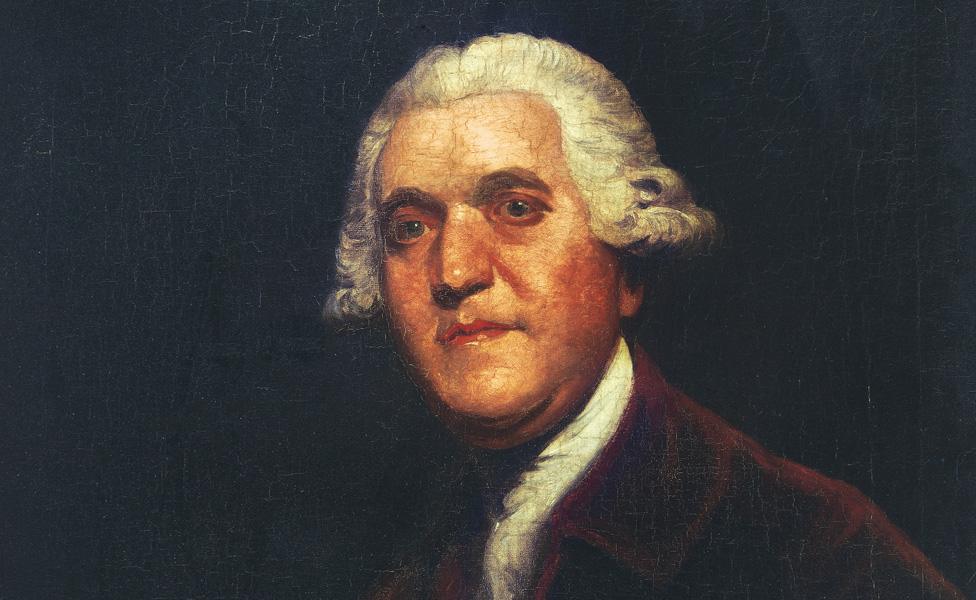
Wedgwood's pioneering Staffordshire factories manufactured ceramics on an industrial scale
"To this new manufacture, the Queen was pleased to give her name and patronage, commanding it to be called 'Queen's Ware' and honouring the inventor by appointing him her majesty's potter."
At least, that was Josiah Wedgwood's story.
His biographer, Brian Dolan, reckons it's more likely Queen Charlotte's "command" was in fact Wedgwood's suggestion, because the potter and businessman was a shrewd individual.
He was perhaps the world's first management accountant. He was a pioneering early chemist, endlessly experimenting with new ways to treat and fire clay - and noting his results in a secret code lest a rival steal his notebook.
His first big breakthrough was the new kind of cream-coloured pottery - "cream-ware"- from which he had fashioned the tea service that so impressed the Queen. It was "quite new in its appearance", he noted modestly and "covered with a rich and brilliant glaze". It quickly became known as "Queen's Ware, external".
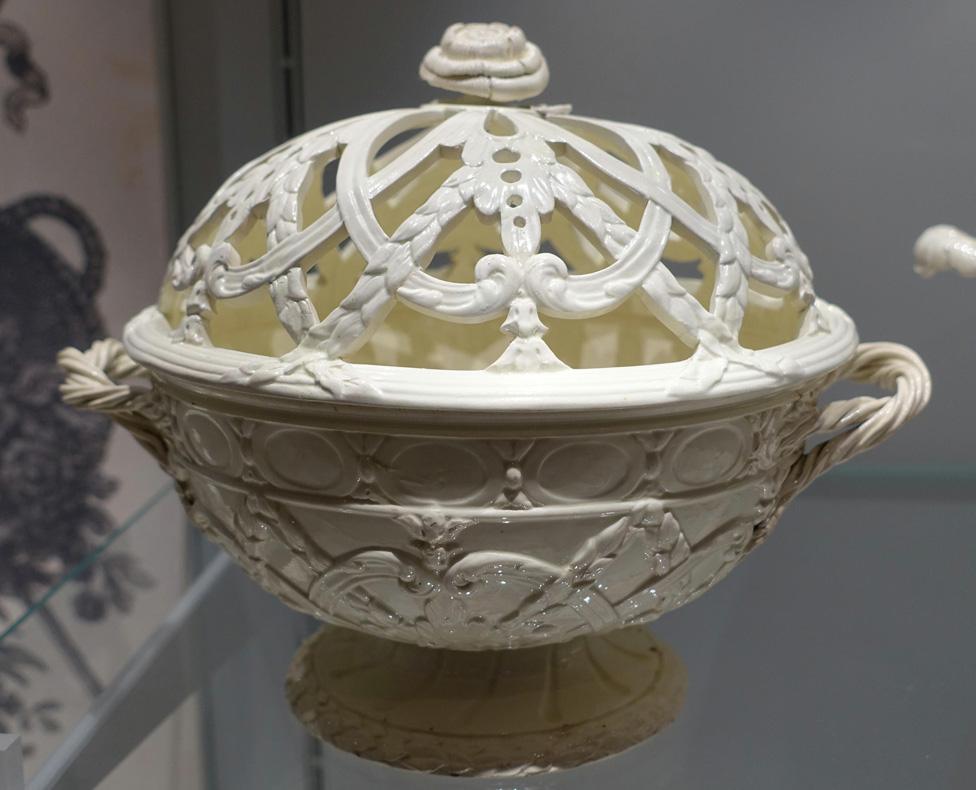
Extremely versatile, Queen's Ware was used for both elaborate and simple pieces
Wedgwood was also a successful lobbyist.
In the 1760s, North Staffordshire potters had to despatch their fragile wares over miles of bone-shaking, pot-breaking roads to reach major cities. Wedgwood roused investors and persuaded Parliament to approve a canal connecting the Trent and the Mersey.
His fellow potters were delighted, until they realised Wedgwood had cannily snapped up some prime adjacent land and built his enormous new factory right on the banks of where the canal would pass.
But perhaps his most impressive achievement was solving a problem in monopoly theory 200 years before it was even articulated.


50 Things That Made the Modern Economy highlights the inventions, ideas and innovations that helped create the economic world.
It is broadcast on the BBC World Service. You can find more information about the programme's sources and listen to all the episodes online or subscribe to the programme podcast.

The man who put the problem into words was a Nobel-Prize-winning economist called Ronald Coase.
Imagine, said Coase, you were a monopolist, you alone produced a certain thing. Many people wanted to buy it - some would pay a lot, others much less although still enough for you to turn a profit. Ideally, you would like to charge a high price to the first group, a low price to the second.
But how could you get away with that? One possible answer is to launch at a high price, then lower it to widen your market.
That's what Steve Jobs tried with the first iPhone, which cost $600 (£468).
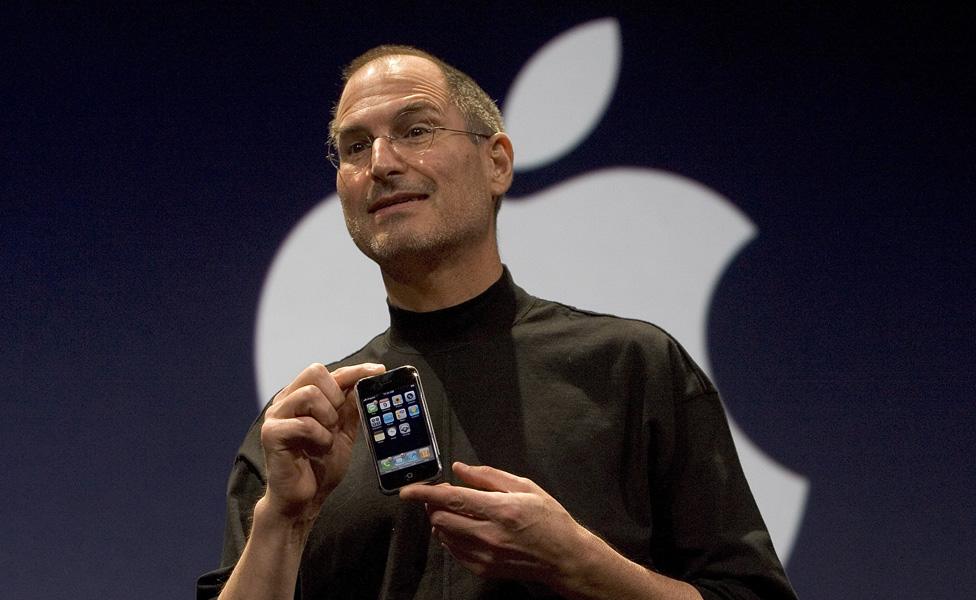
After two months, he cut the price to $400 (£312). Predictably - although it apparently surprised Steve Jobs - the people who had rushed to pay $600 were less than impressed.
That's why Coase argued this strategy could not work.
The first set of buyers would see through the trick and realise if they only waited, they could buy the thing more cheaply.
This idea is called the "Coase conjecture", as explained in a paper published in 1972.

More things that made the modern economy:

Back in 1772, Wedgwood was putting into words the business model that had taken shape in his mind since his meeting with the Queen and his first dabbles in management accounting.
He had grasped the difference between what economists now call fixed costs, such as research and development, and variable costs, such as labour and raw materials.
It initially incurred a "great price", he mused to his business partner, to "make the vases esteemed ornaments for palaces".
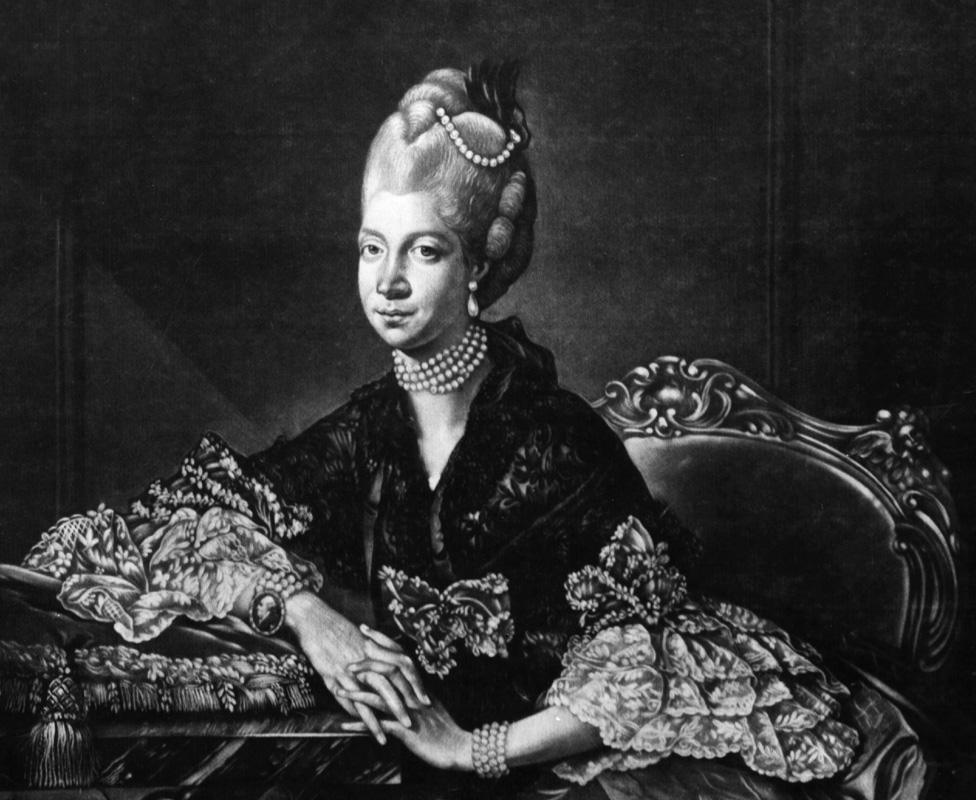
Queen Charlotte's patronage was vital to Wedgwood's success
But once he had perfected the process and trained his workers, he could churn out copies cheaply. And by this time, he mused, "the great people have had their vases in their palaces long enough for them to be seen and admired by the middling class of people".
You can almost hear the cash registers pinging as Wedgwood writes on: "The middling people would probably buy quantities of them at a reduced price."
He had anticipated what would later become known as the "trickle-down" theory of fashion: people tend to emulate those they consider above them on the social scale.

Gwyneth Paltrow wearing Anna Hu's diamond bracelet at the 2012 Oscars
Why else, for example, would the jeweller Anna Hu reportedly pay the actress Gwyneth Paltrow $1m (£820,000) to wear her diamond bracelet to the Oscars?, external She must have hoped to recoup the cost by inspiring purchases from the "middling people".
Before we had Hollywood royalty there was only, well, royal royalty. In the 1760s you couldn't get much higher on the social scale than Britain's Queen - and Wedgwood's Queen's Ware gambit worked spectacularly. Sales were "really amazing", he wrote.
The range sold at twice the price of rivals' comparable goods. And Wedgwood asked himself the key question: "How much of this general use and estimation is owing to the mode of its introduction and how much to its real utility and beauty?"
From now on, he concluded, he should bestow "as much pains and expense" on gaining "royal or noble" approval for his products as on the products themselves.
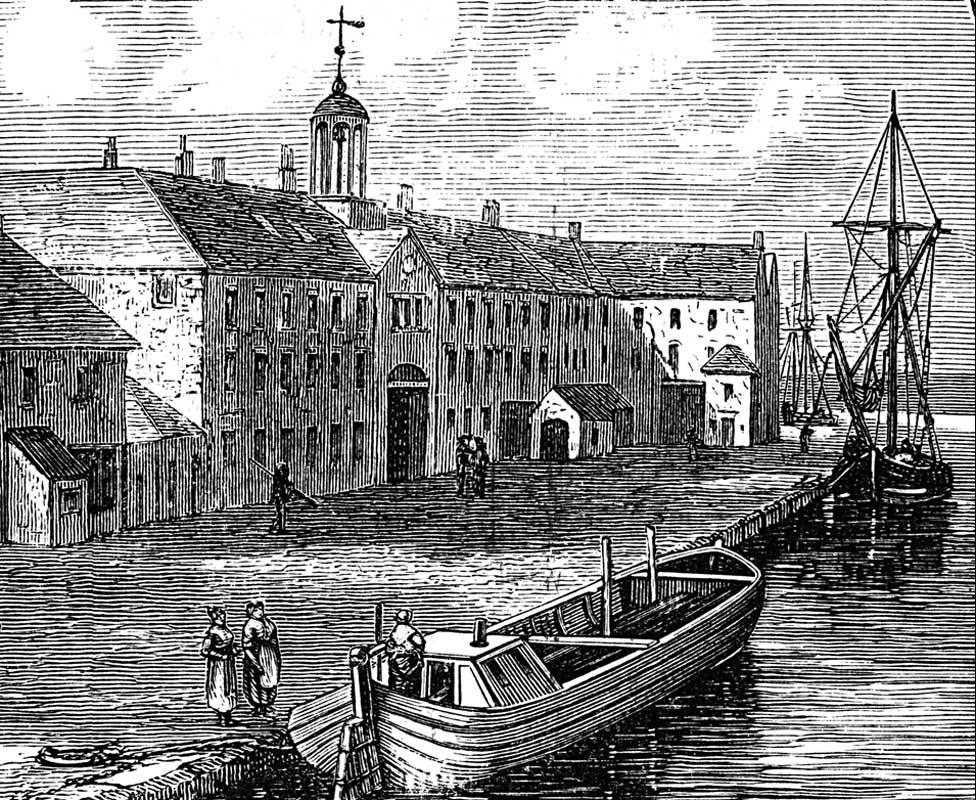
Wedgwood's Ivy and Etruria factories in Hanley, Staffordshire, were the first in Britain to manufacture ceramics on an industrial scale
But what should Josiah make next? He courted the "virtuosi" - wealthy art collectors who brought back pieces from their Grand Tours in Europe. And the hottest new thing, he discovered, was the Etruscan pottery being excavated in Italy. Could Wedgwood make something similar?
He got to work in his laboratory with bronze powder, vitriol of iron and crude antimony, and concocted a pigment that let him imitate the Etruscan style to perfection.
Aristocratic clients lapped it up: you shall "exceed the ancients", gushed one elderly lord, ordering three vases.
And Wedgwood kept experimenting. Traditionally, clay was fired and then painted or enamelled. But Wedgwood worked out how to dye the clay with metal oxides before firing it, producing an oddly translucent effect.
"Jasperware" came in a distinctive light blue, with white decorations in relief that are still associated with the Wedgwood brand.
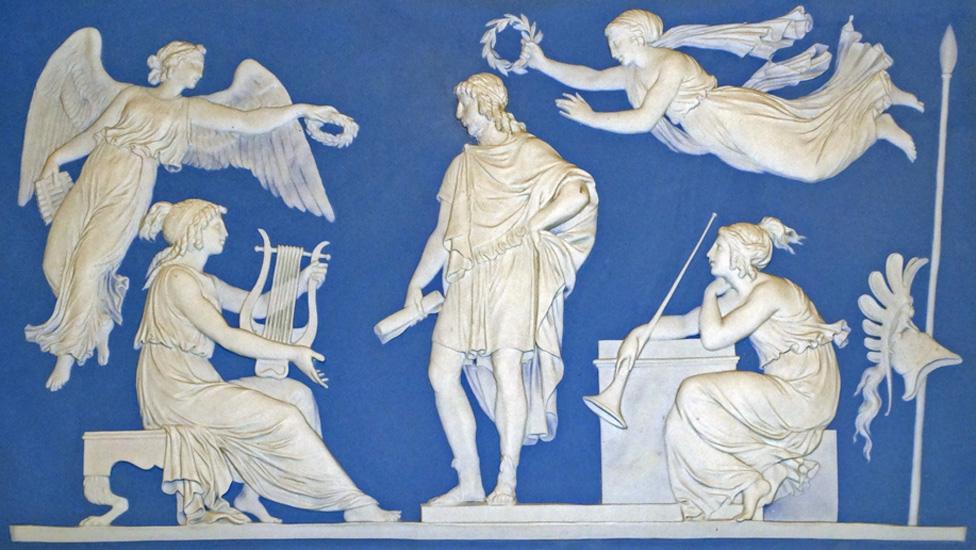
A blue Wedgwood Jasperware plaque from circa 1787 depicting The Apotheosis of Virgil
It was another huge success. But why did Wedgwood not fall foul of the Coase conjecture?
After a while, his aristocratic clients must surely have worked out that whenever Wedgwood launched something they had never seen before, they could simply wait to pick it up more cheaply.
But the trickle-down theory works both ways. If people are trying to emulate their social superiors, what do you do if you're already at the top of the scale? You try, of course, to look different to the people below you.
Some economists now discuss fashion as an exception to the Coase conjecture. Even if you know you'll get something cheaper if you wait a while, sometimes you still want it right now.
A few years after he wowed the Queen, Wedgwood observed Queen's Ware was "now being rendered vulgar and common everywhere". If the great people wanted to set themselves apart from the middling people, they would have to show off their wealth and good taste by buying something new.
And, happily, Wedgwood always had something new to sell them.
The author writes the Financial Times's Undercover Economist column. 50 Things That Made the Modern Economy is broadcast on the BBC World Service. You can find more information about the programme's sources and listen to all the episodes online or subscribe to the programme podcast.
- Published22 September 2019

- Published20 March 2019
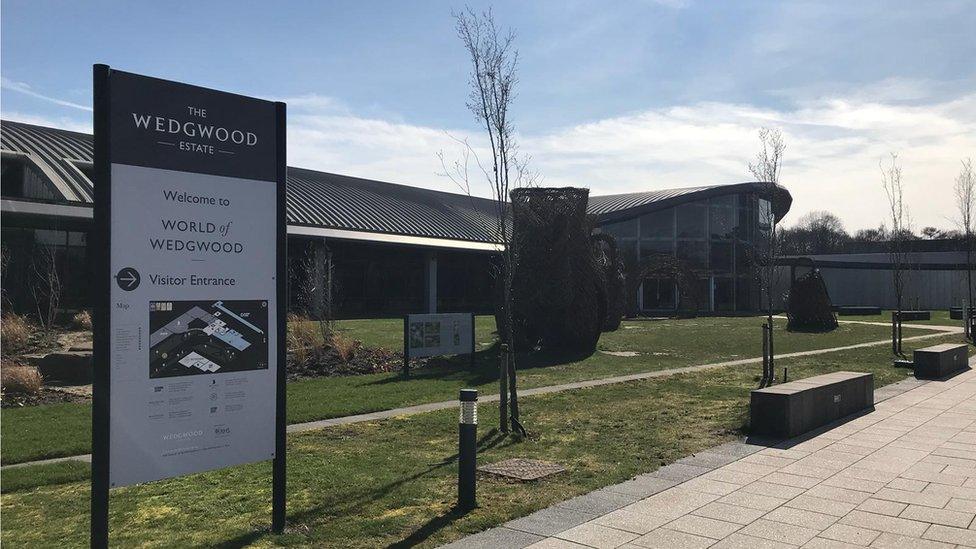
- Published5 July 2017
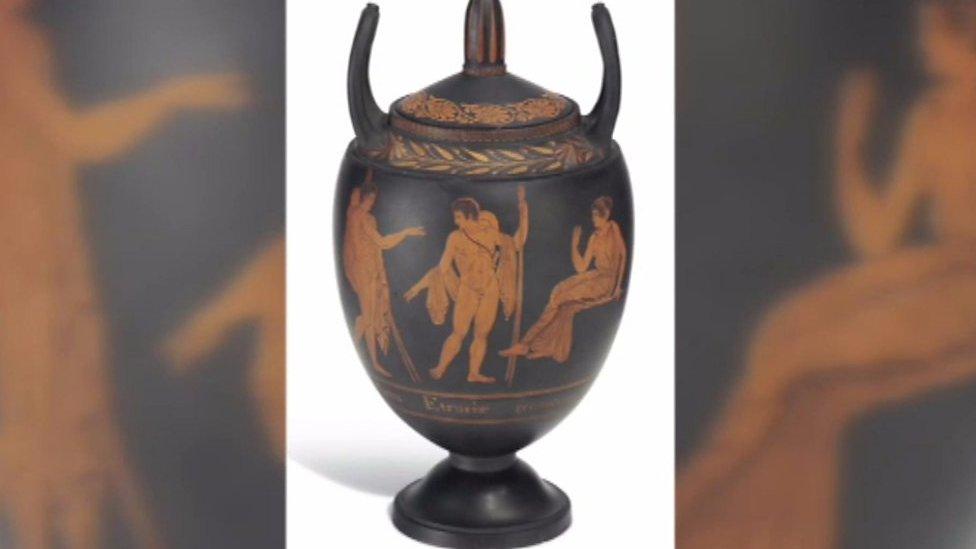
- Published17 July 2015
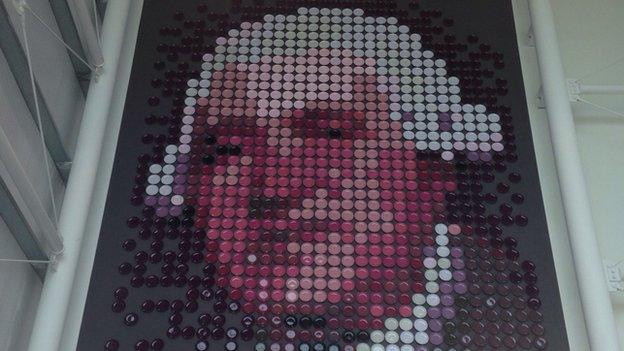
- Published3 October 2014
